Plantae

Monkey Puzzle Tree
Araucaria araucana

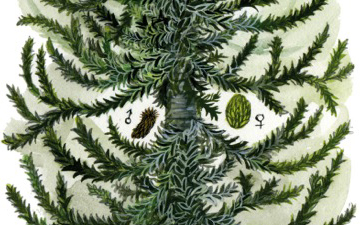

1 POINTS
Fact: Because of the great age of this species, it is sometimes described as a living fossil.

Wild Daffodil
Narcissus pseudonarcissus

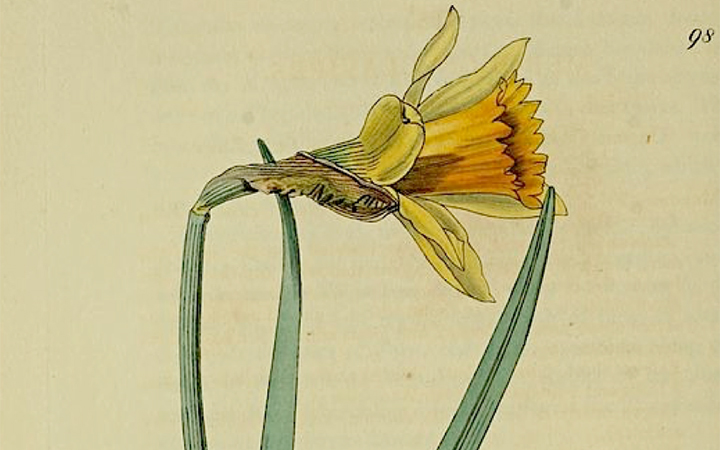
3 POINTS
Fact: In Britain native populations have decreased substantially since the 19th century due to intensification of agriculture, clearance of woodland and uprooting of the bulbs for use in gardens.

Scots Pine
Pinus sylvestris

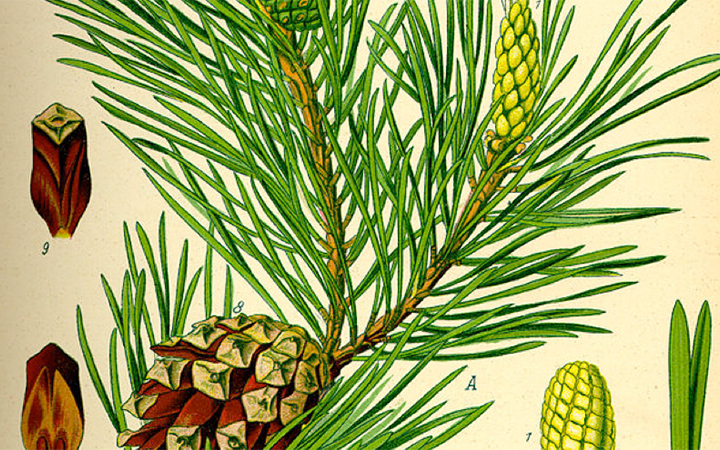
2 POINTS
Fact: In Britain it now occurs naturally only in Scotland, but historical and archaeological records indicate that it also one occured in Wales and England.

Oxeye Daisy
Leucanthemum vulgare


3 POINTS
Fact: The Oxeye Daisy is considered an invasive species in many parts of the world. It is difficult to control or eradicate, since a new plant can regenerate from rhizome fragments.

Common Dandelion
Taraxacum officinale

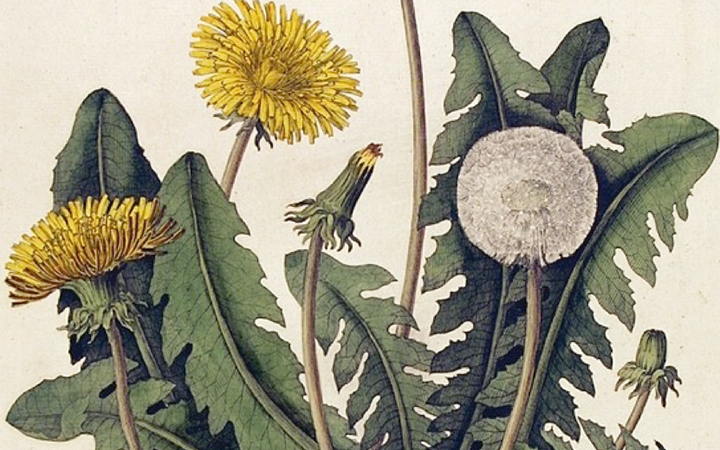
2 POINTS
Fact: T. officinale is considered a weed, especially in lawns and along roadsides, but it is sometimes used as a medical herb and in food preparation.

Apple Tree
Malus Domestica

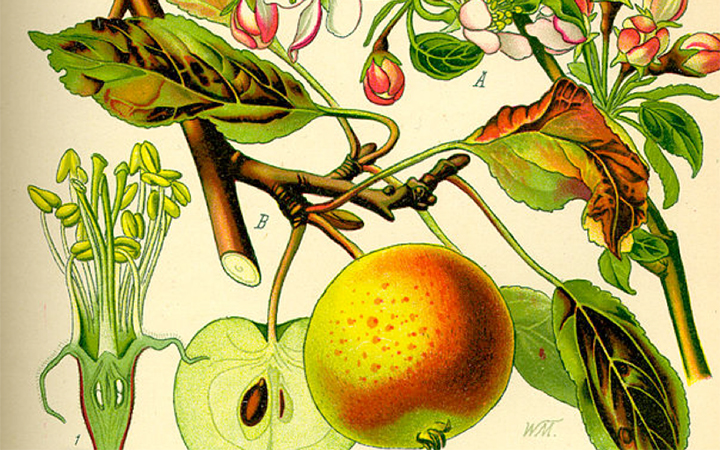
9 POINTS
Fact: There is genetic proof that Malus sieversii is the wild ancestor of the domestic apple.